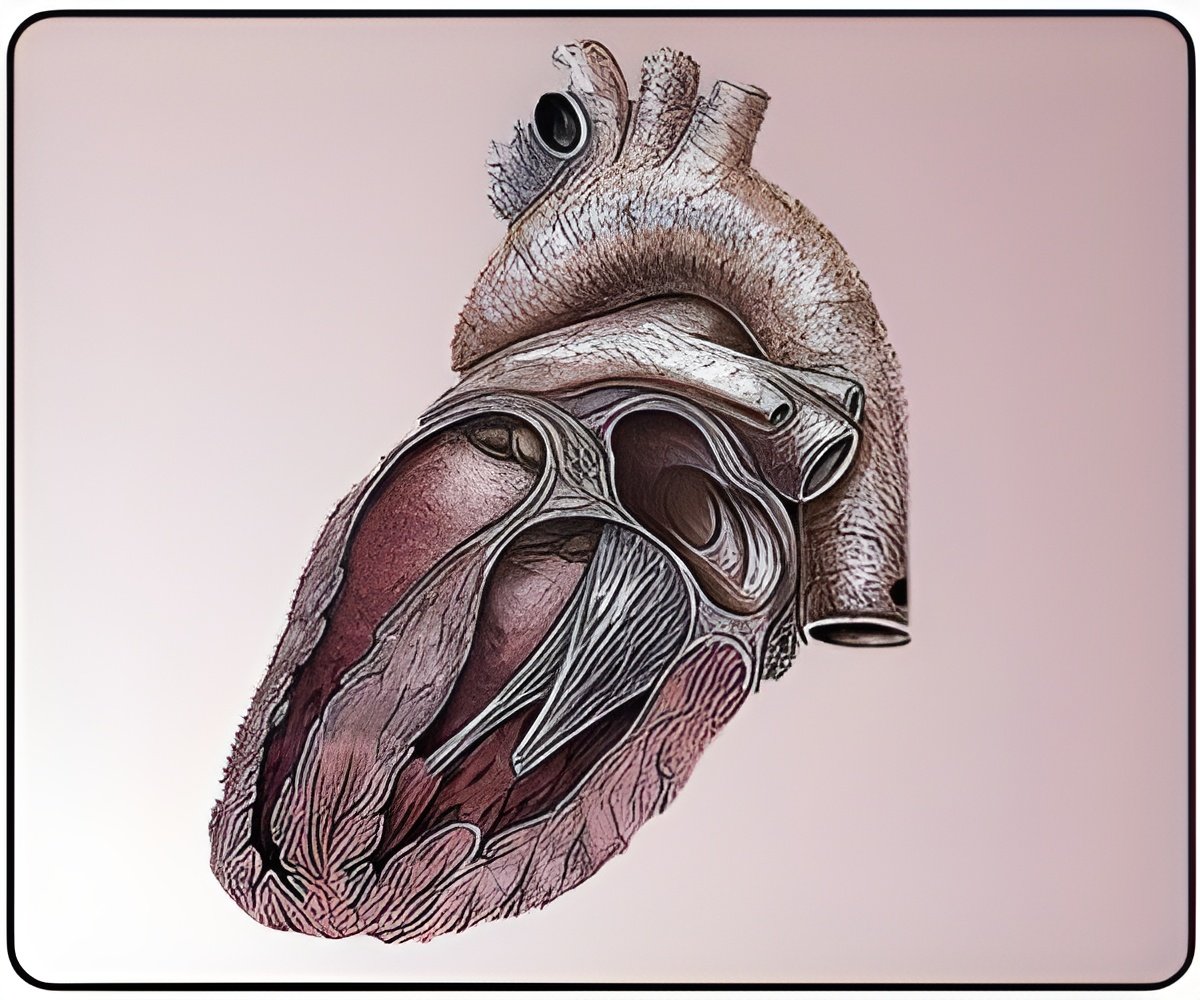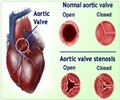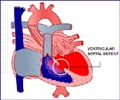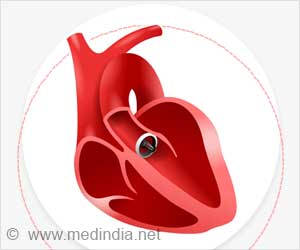A new study has found that rather than two dimensional echocardiography, MDCT can help measure the annular size more accurately.

"Measurement of the aortic annulus is crucial for implant size selection and procedure success," said Dr. Sethi. "If the implanted valve is too small, blood will leak outside of the valve apparatus back into the heart."
Measurements obtained on MDCT were significantly different than those obtained on echocardiography. "The decision to use a certain valve size would have been changed in about 55% of patients in our study if MDCT measurements had been used rather than echocardiography measurements," she said. "This includes patients who were wrongly sized as well as those who would have been disqualified from having TAVI due to the large size of their aortic annulus," she added.
She also stated that transesophagea/transthoracic echocardiographically derived measurements of the aortic annulus are the current standard for measurement but with the increasing awareness of the discrepancies in measurement between MDCT and echocardiography, more people are using MDCT derived measurements to choose appropriate valve size.
The study will be part of the electronic exhibit program at the ARRS Annual Meeting in Washington, DC.
Advertisement










